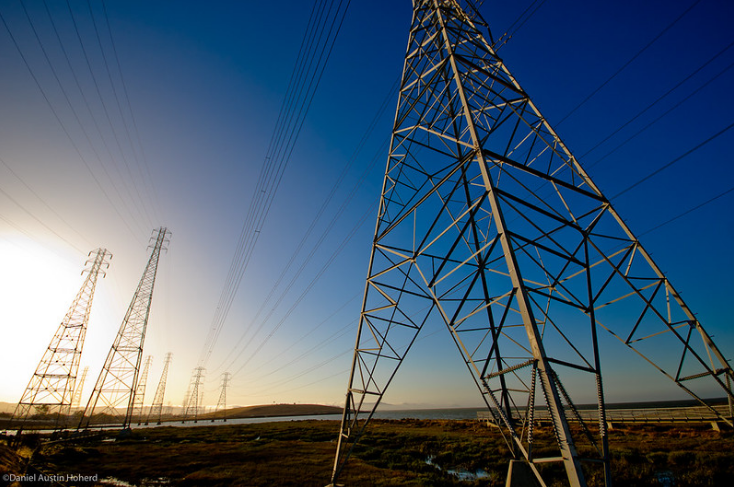The Politics Of Disaster Relief
After a 7.0 magnitude earthquake struck Haiti, the aftershock reached China in ways that few anticipated.The earthquake forced Chinese leaders to navigate the tricky politics of disaster relief.
In a bid to boost economic and political ties with Latin America, create opportunities for US companies, and counter China’s growing influence, the United States has introduced several measures aimed at facilitating investment in energy and infrastructure in the region. The new approach is a sensible way to make use of the US’s limited toolkit to match China’s expanded reach in Latin America. For countries in the region, boosting investment in natural resources and infrastructure would undoubtedly spur economic growth. However, the impact will likely be constrained by the challenging investment environment in many Latin American countries, demonstrating the limitations for the US in competing with China’s centralized economic model.
A key pillar of the new US strategy is the Better Utilization of Investment Lending to Development Act (or BUILD Act), signed into law in October 2018 with the aim of consolidating and upgrading the government’s development finance capabilities abroad. The bill created the Development Finance Corporation (DFC), replacing the smaller Overseas Private Investment Corporation (OPIC) in December by merging it with the United States Agency for International Development’s (USAID) Development Credit Authority. The DFC has several important new capabilities, including a higher total investment limit ($60 billion as opposed to OPIC’s $29 billion), an increased emphasis on inter-agency cooperation, more flexibility to work with non-US companies, authority for equity financing, and the ability to provide loans and guarantees in local currency to shield investors from currency exchange risk. The DFC encourages private investment in the developing world across a wide spectrum of sectors including energy, infrastructure, and healthcare.
In Latin America, the América Crece (‘Growth in the Americas’) initiative serves as the policy framework for US lending and other bilateral cooperation, employing various government agencies from the DFC to the Department of Energy to catalyze private sector investment in energy and other infrastructure. Through América Crece, the US has signed various memoranda of understanding with Latin American governments including Argentina, Chile, Jamaica, Colombia, El Salvador and Panama. Major loans under the initiative include $300 million to help Argentine oil and gas company Vista develop, operate and sell shale oil and gas from the giant Vaca Muerta basin and over $1 billion to El Salvador to construct Energia del Pacifico, a project that includes a 378 MW natural gas-fired power plant, a floating LNG import unit, and a 44-km transmission line.
[...]
After a 7.0 magnitude earthquake struck Haiti, the aftershock reached China in ways that few anticipated.The earthquake forced Chinese leaders to navigate the tricky politics of disaster relief.
As global temperatures continue to rise with the global community stalled on any way to stop them, countries must prepare to adapt to increasingly volatile environmental conditions.
Despite reports in recent months that Mexican manufacturing is experiencing a resurgence, Mexico’s industrial sector faces tremendous challenges.
 Daniel Hoherd / Flickr / CC BY-NC 2.0
Daniel Hoherd / Flickr / CC BY-NC 2.0